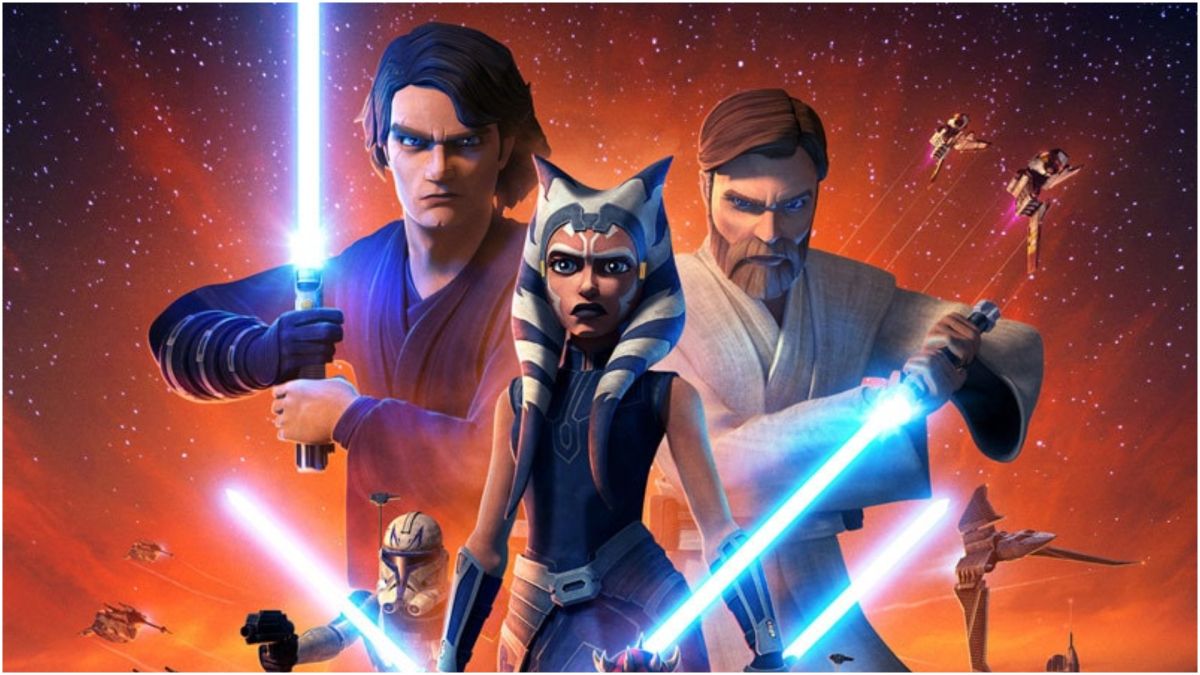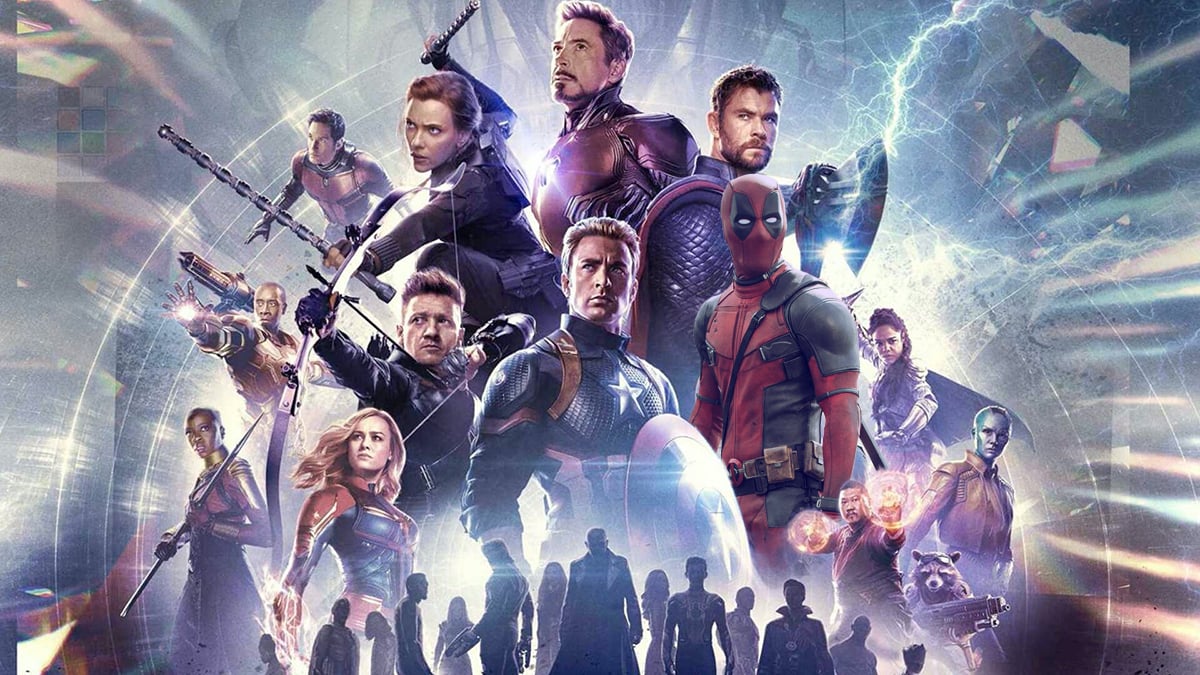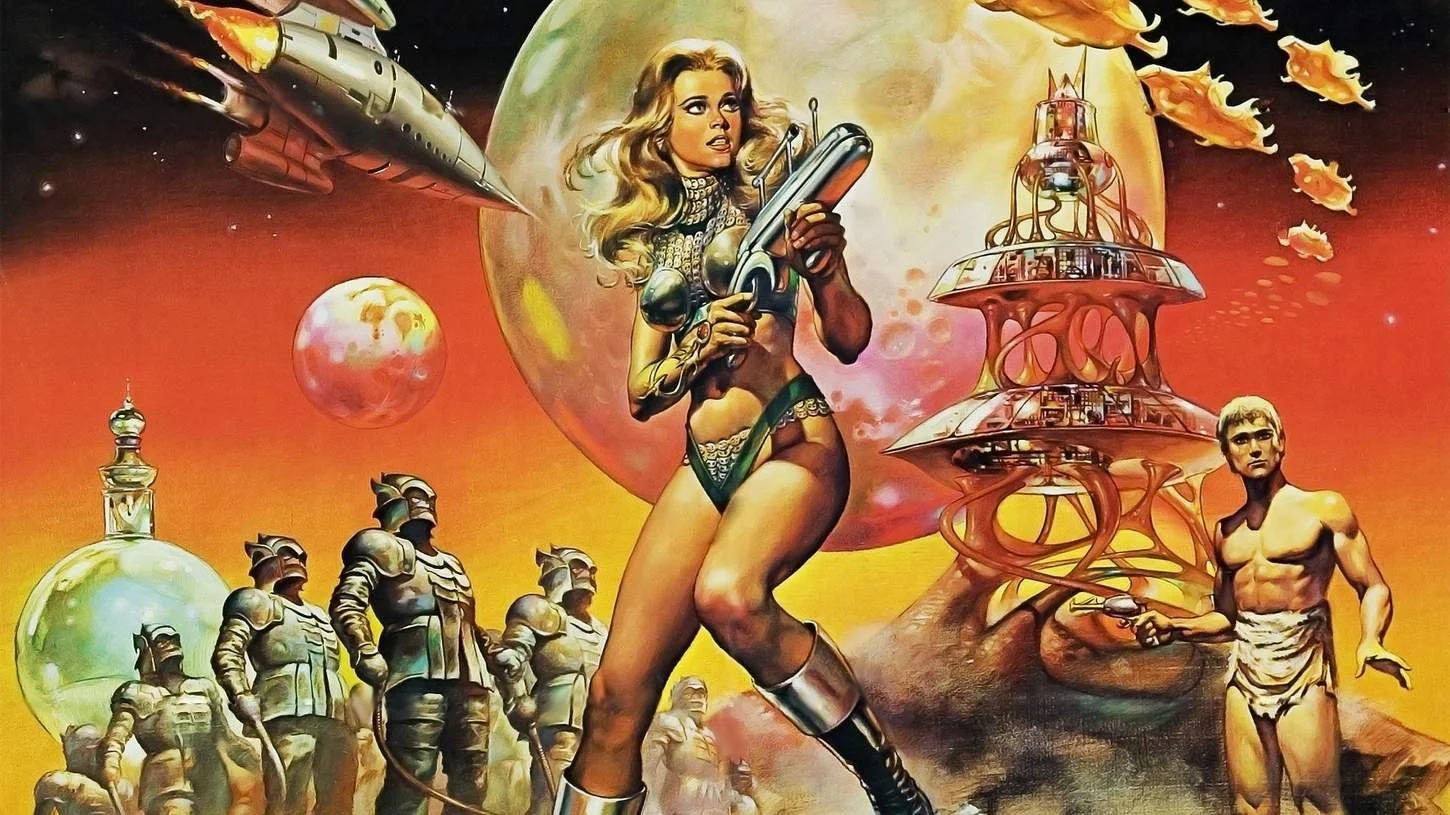In a significant move, Lucasfilm has announced the closure of its renowned visual effects and animation studio located in Singapore. The facility, responsible for producing the iconic Star Wars: The Clone Wars animated series, has played a pivotal role in the world of animation since its inception.
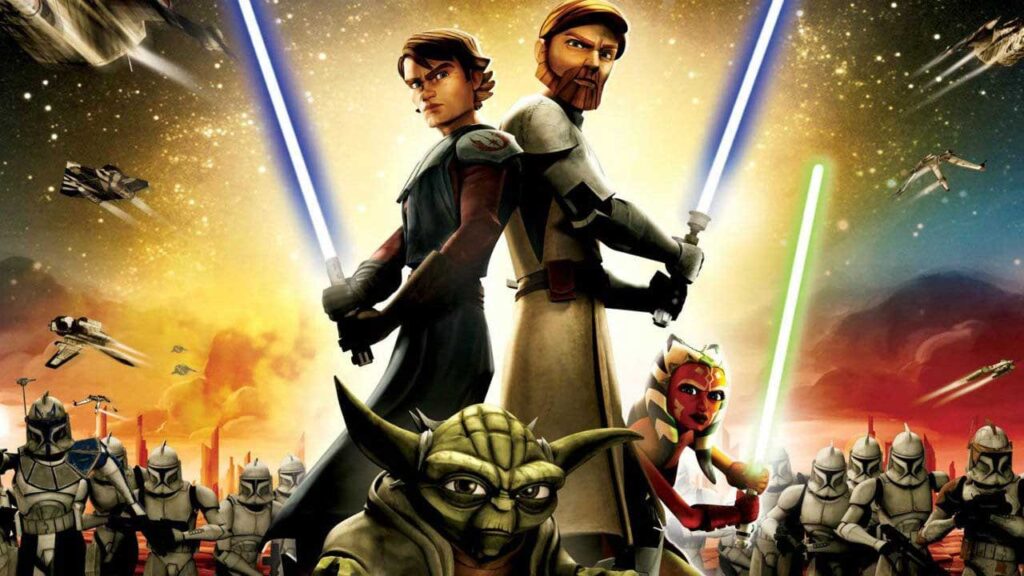
The history of Lucasfilm’s Industrial Light & Magic (ILM) studio in Singapore dates back to its establishment in 2004, aimed at contributing to the creation of the Clone Wars series. Over the years, the studio evolved, relocating its VFX team to the Singapore-based Sandcrawler Building in 2013, where it shared space with Disney’s Southeast Asia offices. However, the Sandcrawler Building’s ownership shifted to the Blackstone Group in 2021, marking a turning point in the studio’s journey.
Disney released an official statement acknowledging the studio’s closure, citing the decision as part of its strategic effort to streamline operations in response to prevailing economic conditions affecting the industry. This move has raised questions about the impact on the animation landscape, considering the studio’s rich legacy and contributions.

The closure carries profound ramifications for the talented workforce, approximately 300-strong, who will be displaced from their positions. Both Disney and ILM have pledged to provide affected employees with ample notice and opportunities to transition to the company’s expanding network of studios. Notable ILM locations can be found in San Francisco, Vancouver, London, Sydney, and Mumbai.
Recognizing the immense potential of the studio’s workforce, the Singapore Economic Development Board (EDB) and Infocomm Media Development Authority (IMDA) jointly affirmed that the skillsets possessed by the employees—ranging from designers to tech engineers—remain highly sought after. These skills find relevance not only within the broader media sector but also in the growing digital landscape.
Amidst these changes, the animation industry at large is navigating its own challenges. While other sectors of the entertainment industry, such as Hollywood Actors (SAG-AFTRA) and writers (WGA), protest for improved pay and contract terms, animation remains relatively stable. Yet, even animation hasn’t been free from criticism, with concerns raised about the well-being of animators working on projects like Spider-Man: Across the Spider-Verse and anime.

In response to ongoing debates, Marvel Studios recently took a step towards addressing concerns within the visual effects artist community, allowing for a unionization vote after hearing grievances about working conditions. This move reflects a larger call for fairness, sustainability, and safety in the animation industry.
Though Disney’s animation sector remains robust and secure, the closure of the Singapore studio raises questions about its potential impact on brand perception and project completion logistics. As the industry continues to evolve, it will be fascinating to observe how this development shapes the future of animation projects.
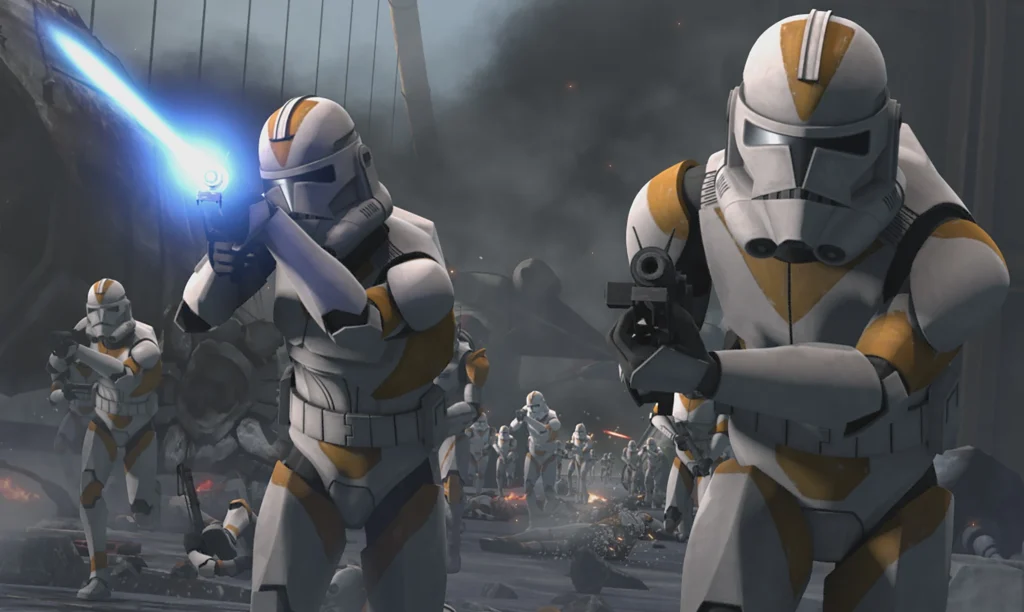
For those interested in reliving the legacy, Star Wars: The Clone Wars can still be enjoyed on the Disney+ streaming platform.

